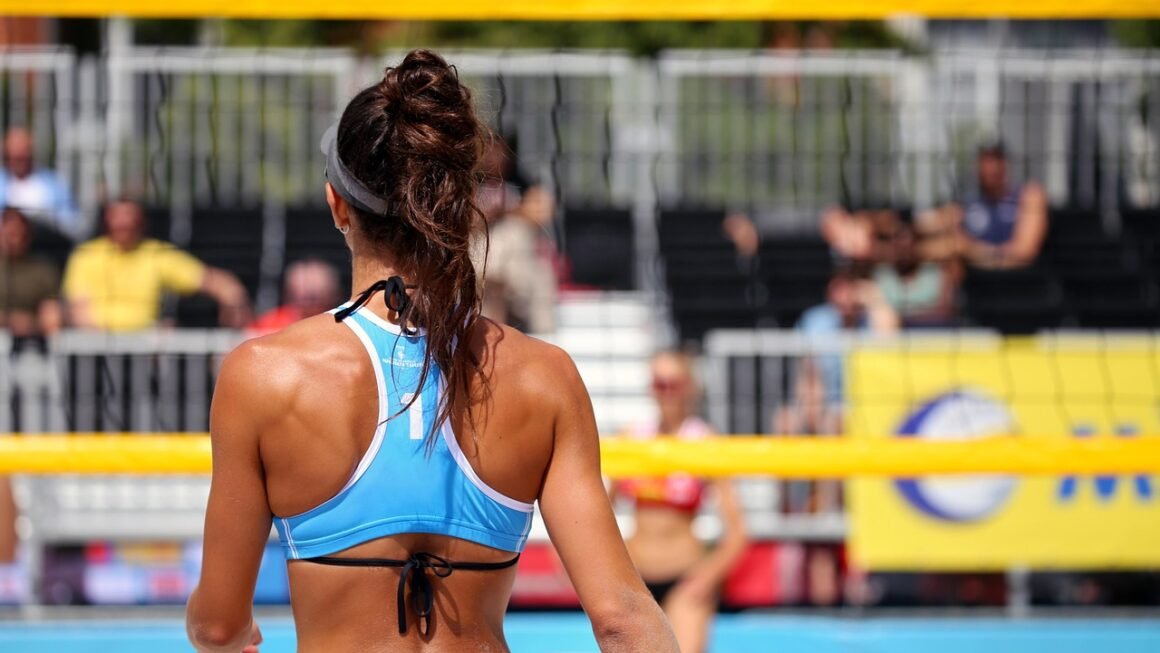Dipping your toes into the world of swimming opens up a realm of possibilities, from a refreshing recreational activity to a rigorous competitive sport. It’s a full-body workout that’s gentle on the joints, accessible to nearly everyone, and brimming with health benefits. Whether you’re a seasoned athlete or a complete beginner, this comprehensive guide will delve into the fundamentals, techniques, benefits, and essential equipment needed to navigate the waters with confidence and enjoyment.
The Allure and Benefits of Swimming
Physical Health Advantages
Swimming is often lauded as one of the best forms of exercise due to its low-impact nature and comprehensive engagement of muscle groups.
- Full-Body Workout: Swimming engages nearly every muscle group in your body, from your core and legs to your arms and back.
- Cardiovascular Health: Regular swimming strengthens your heart and lungs, improving circulation and lowering the risk of heart disease. Studies have shown that swimmers have a lower risk of death compared to inactive individuals, with some research suggesting a reduction of up to 50%.
- Low Impact: The buoyancy of water reduces stress on your joints, making it an excellent option for people with arthritis, injuries, or other musculoskeletal conditions.
- Increased Muscle Strength and Endurance: The resistance of water challenges your muscles, leading to increased strength and endurance.
Mental and Emotional Well-being
Beyond the physical, swimming offers significant mental and emotional benefits.
- Stress Reduction: The rhythmic movements and focus required for swimming can help calm the mind and reduce stress levels.
- Improved Mood: Swimming releases endorphins, natural mood boosters that can alleviate symptoms of anxiety and depression.
- Enhanced Cognitive Function: Studies suggest that swimming can improve cognitive function, memory, and focus. This may be due to increased blood flow to the brain and the release of neurotrophic factors.
- Sense of Accomplishment: Mastering new swimming techniques or completing a challenging swim can provide a sense of accomplishment and boost self-esteem.
Mastering the Basic Swimming Strokes
Freestyle (Front Crawl)
Freestyle, often referred to as the front crawl, is arguably the most efficient and popular swimming stroke.
- Body Position: Maintain a streamlined, horizontal position in the water, keeping your head down and your body rotating slightly from side to side.
- Arm Action: Perform alternating arm strokes, reaching forward with one arm, pulling through the water in an S-shape motion, and then recovering above the water.
- Leg Action (Flutter Kick): Use a continuous, alternating up-and-down motion with your legs, keeping your ankles relaxed and kicking from your hips.
- Breathing: Rotate your head to the side to breathe as one arm recovers, exhaling fully into the water.
- Example: Practice the arm stroke on land by mimicking the motion with proper form. Focus on reaching forward and pulling through with a strong, consistent motion.
Backstroke (Back Crawl)
The backstroke is a great alternative to the front crawl, allowing you to breathe freely and enjoy the view.
- Body Position: Float on your back in a streamlined, horizontal position, keeping your ears in the water.
- Arm Action: Perform alternating arm strokes, reaching backward overhead with one arm, pulling through the water, and then recovering above the water.
- Leg Action (Flutter Kick): Use a continuous, alternating up-and-down motion with your legs, keeping your ankles relaxed and kicking from your hips.
- Breathing: Breathe freely and naturally, as your face is always above the water.
- Example: Use a kickboard to practice the backstroke flutter kick, focusing on maintaining a stable body position and a steady kick.
Breaststroke
The breaststroke is characterized by its simultaneous arm and leg movements, creating a frog-like motion.
- Body Position: Maintain a horizontal position in the water, keeping your face submerged.
- Arm Action: Perform a symmetrical arm stroke, sweeping your arms outward, inward, and then extending them forward.
- Leg Action (Whip Kick): Bring your knees up towards your chest, turn your feet outward, and then kick your legs outward and backward in a circular motion.
- Breathing: Lift your head above the water to breathe during the arm stroke, exhaling fully into the water.
- Example: Practice the breaststroke arm pull on land, focusing on the proper sweeping motion and timing.
Butterfly
The butterfly is a powerful and demanding stroke that requires significant strength and coordination.
- Body Position: Maintain a horizontal position in the water, keeping your face submerged.
- Arm Action: Perform a simultaneous arm stroke, sweeping your arms outward and backward, lifting your body out of the water, and then recovering above the water.
- Leg Action (Dolphin Kick): Use a simultaneous up-and-down motion with your legs, creating a dolphin-like wave.
- Breathing: Lift your head above the water to breathe during the arm stroke, exhaling fully into the water.
- Example: Practice the butterfly dolphin kick with a kickboard, focusing on generating power from your core and hips.
Essential Swimming Gear and Equipment
Swimsuit
Choose a swimsuit that fits snugly and allows for unrestricted movement.
- Material: Look for suits made from chlorine-resistant materials like polyester or Lycra.
- Style: Select a style that is comfortable and provides adequate coverage. Racing suits are designed for minimal drag.
Goggles
Goggles are essential for protecting your eyes from chlorine and improving visibility.
- Fit: Choose goggles that fit snugly around your eyes without leaving marks.
- Lens Type: Consider tinted lenses for outdoor swimming and clear lenses for indoor swimming.
Swim Cap
Swim caps help to keep your hair out of your face and reduce drag.
- Material: Choose from latex, silicone, or Lycra caps.
- Fit: Ensure the cap fits snugly and covers your hair completely.
Other Helpful Equipment
- Kickboard: For isolating and strengthening leg muscles.
- Pull Buoy: For isolating and strengthening arm muscles.
- Fins: For increasing propulsion and improving technique.
- Earplugs: For preventing water from entering your ears.
- Nose Clip: For preventing water from entering your nose.
Swimming Safety and Etiquette
Pool Safety Rules
Adhering to pool rules is crucial for ensuring a safe and enjoyable swimming experience.
- Never swim alone.
- Obey lifeguard instructions.
- Walk, don’t run, around the pool deck.
- Avoid diving in shallow water.
- Be aware of your surroundings and other swimmers.
- Supervise children closely.
Water Safety Skills
Knowing basic water safety skills can be life-saving.
- Treading Water: Learn to stay afloat by treading water.
- Floating: Practice floating on your back to conserve energy.
- Entering and Exiting the Water Safely: Know how to safely enter and exit the pool.
- Recognizing and Responding to Distress: Learn how to recognize signs of drowning and how to assist someone in distress.
Swimming Pool Etiquette
- Shower before entering the pool.
- Choose the correct lane based on your swimming speed.
- Circle swim to the right.
- Be mindful of other swimmers.
- Avoid stopping in the middle of the lane.
- Don’t push off the wall directly into another swimmer.
Conclusion
Swimming offers a unique blend of physical, mental, and emotional benefits, making it a worthwhile pursuit for people of all ages and abilities. By mastering the fundamental strokes, understanding the importance of safety, and investing in the right equipment, you can unlock the transformative power of swimming and enjoy a lifetime of health and well-being. So, dive in and experience the joy of swimming for yourself!



